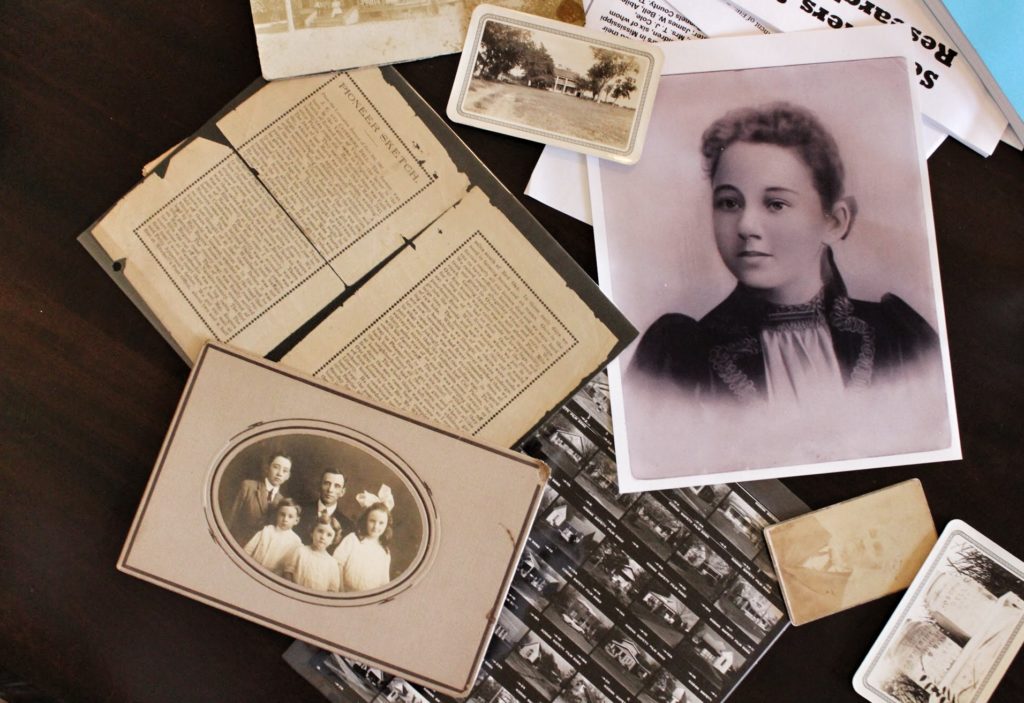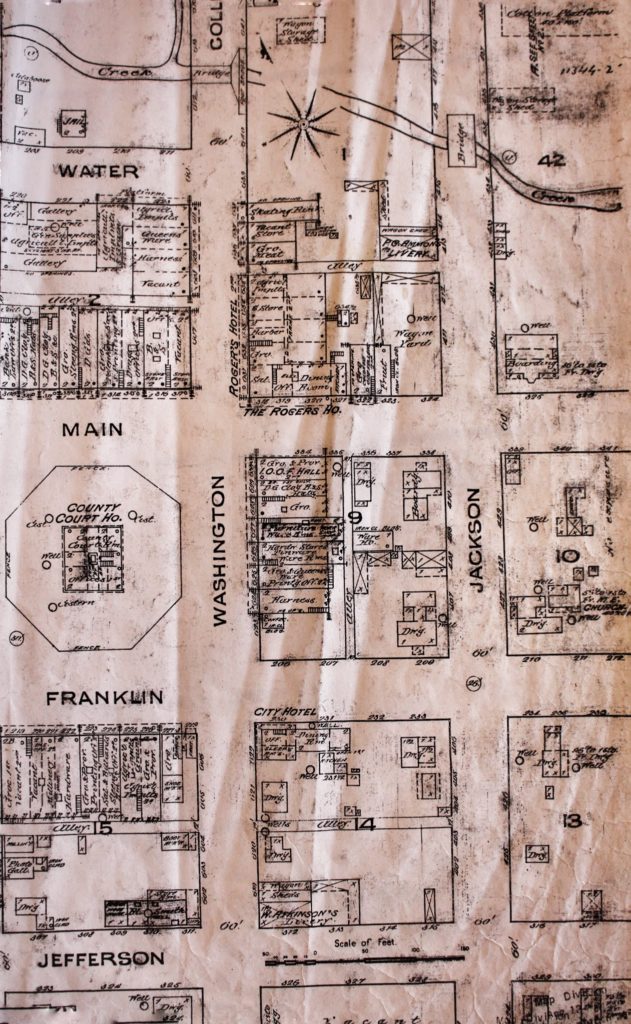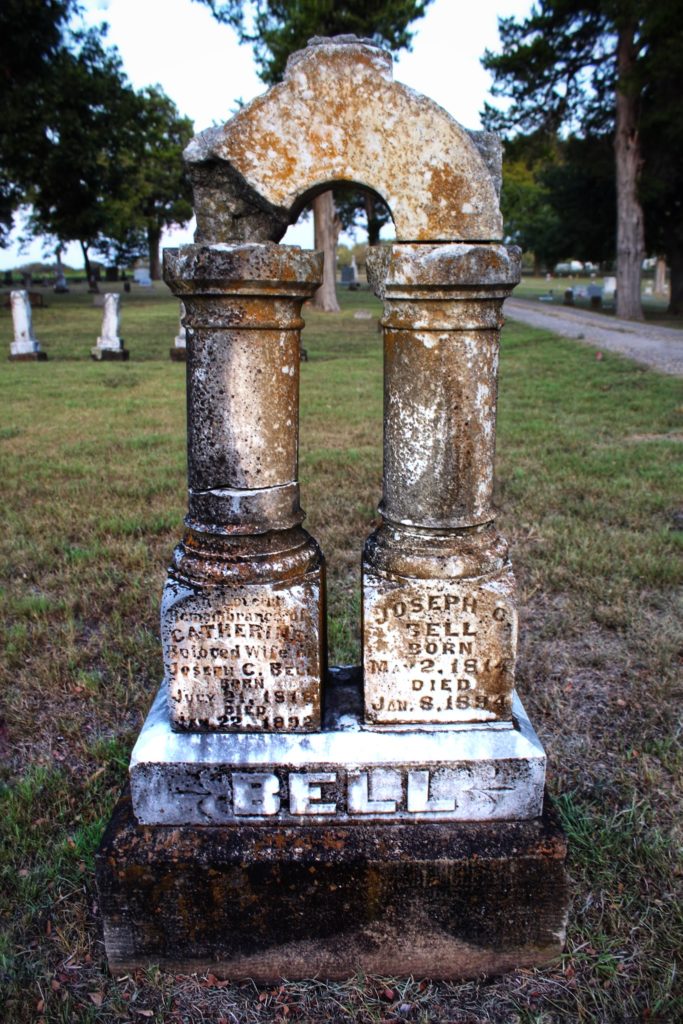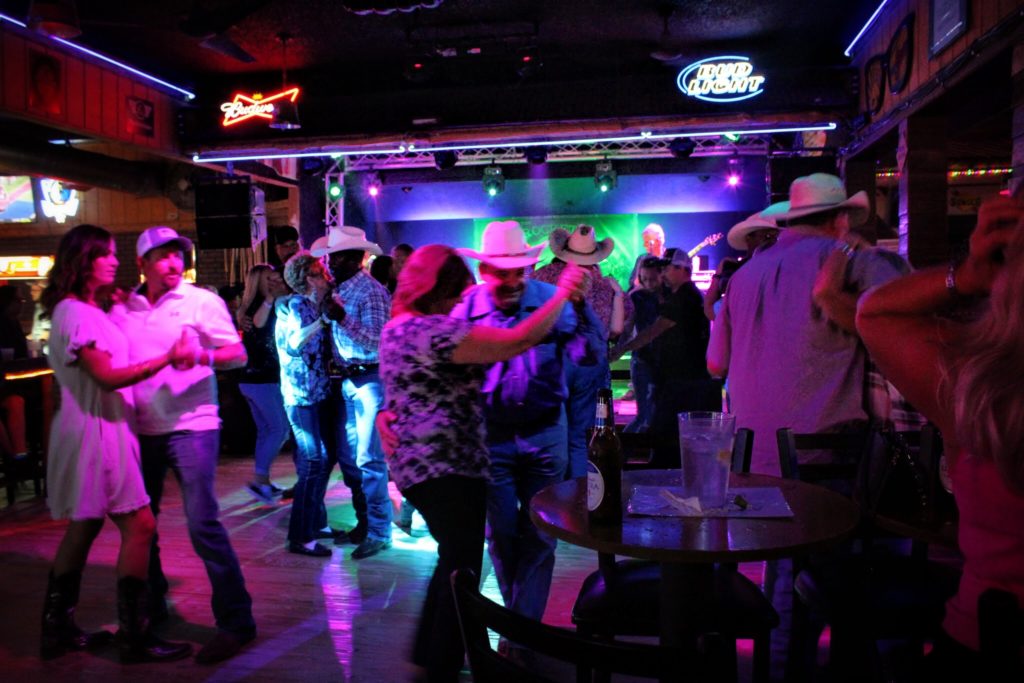As a seventh-generation Texan, I came out of the womb reciting the dates and heroes of the Alamo but had never explored my family history.
Story and photo by Hannah J. Phillips
After living in the United Kingdom for six years, I suddenly found myself back in Austin in 2012 with an expired visa, no job prospects and no car. Rebuilding my life, I explored Texas as if for the first time. When I started writing for local magazines, my travels took me from the Gulf Coast as far west as the Davis Mountains. The more I traveled, the more I realized how little I knew about my own Texas heritage.
Of course, like any proud Texan, I emerged from the womb reciting the dates and heroes of the Alamo, but I had never explored my family history, which stretches back six generations on my grandfather’s side (Groesbeck) and seven generations on my grandmother’s side (Craddock). The Groesbecks landed in Galveston, Texas, just months after Texas became an independent republic in 1836, whereas the Craddocks descended from some of the first pioneers to arrive shortly after Texas joined the United States.
My grandmother’s ancestors settled near Waxahachie, Texas, which has recently seen a major revival, thanks to the careful renovation of old homes and historic buildings. Combining a desire to explore the local architecture, coffee shops and antique stores with my curiosity about my family roots, I enlisted the help of my favorite oral historian—my mother—to explore my brood’s Texas origin story.
While my research involved checking out things to do and see in Waxahachie, my mom rifled through family documents and photos that have been passed down for generations. As with many stories of early pioneer life, much of what we know comes from oral history. Hoping the trip would fill a few gaps, we established a few goals before we set out.
First, we hoped to find the location of a two-story house surrounded by trees on an old dirt road, a painting of which hangs in Mom’s kitchen. Created by my great-great-grandmother, Jennie Olivia Cole Hipp, the painting features a house that we believed to be the home of her grand- parents, Joseph C. Bell and his wife, Catherine. Among the family documents is an obituary for Catherine Fearis Bell, written by her husband in 1892. He records that she was born in Northern Ireland and traveled to America as a young lady, where she met “a stout-hearted young Virginian. They were married and turned their faces to the setting sun,” moving to Texas in 1846.
They arrived in the Red Oak, Texas, area of what became Ellis County, about 10 miles from present-day Waxahachie. In addition to their first house, we hoped to find their final resting place. After Waxahachie became the county seat, the Bells’ descendants were buried in the city cemetery, but the Bells themselves were buried in a smaller plot near their original home in Red Oak.
Finally, we hoped to get an idea of what life was like for them as some of the area’s first pioneers. For this, I reached out to the Ellis County Museum in Waxahachie and spoke with Shannon Simpson, who has been the curator there for more than 30 years.
“We are in what’s called the Blackland Prairies,” he told me, describing what my ancestors would have found when they arrived in the 1840s. “[There were] prairies rolling as far as the eye could see, no trees, nothing but buffalo and a fair number of creeks.”
The Bells settled near Brushy Creek (or “crick” if you’re local). To help locate their home, Simpson connected me to Sylvia Smith, president of the Ellis County Genealogical Society, and, as it turns out, a very distant relative. Joseph C. Bell was the uncle to one of her ancestors. We both had copies of his “pioneer sketch” among our family records. Accompanying an interview that ran in the Lancaster Herald, the sketch outlines scenes of pioneer life, including walk- ing 2 miles to collect mail at the nearest post office and the excitement of replacing a dirt floor with wood.
From her records, Smith sketched out a map for us, identifying where to find the site of the old Bell home from our painting. Sadly, she said the home no longer existed, but we were excited to see where it had stood and to find our relatives’ burial plots. Driving toward Red Oak, I had to admit I still hoped we’d find the ancestral home. In the meantime, there was something poetic about enjoying a Lone Star beer and a chicken-fried steak at the nearby honky-tonk, the Rockett Cafe & Club.
We pressed on toward Bell’s Chapel Cemetery, winding our way down a country road under a canopy of trees. Turning onto the gravel drive, we circled once before we found the arched headstone of Joseph and Catherine Bell. We had to clear away pollen and dust to read the stone letters of their epitaphs, which both pointed to the hope of resurrection. A red sky slowly faded pink behind us while I snapped photos. And I couldn’t help but notice that together, they still faced the setting sun.
WORTHWHILE IN WAXAHACHIE
One of Waxahachie’s nicknames is the Gingerbread City because of its Victorian and gingerbread-style homes, which can be enjoyed by foot or by car. A few have been converted into bed-and-breakfast establishments, including the Chaska House. Walking distance from downtown, this gorgeous inn features rooms named and decorated for literary and historical figures.
Whether walking or driving, an architectural tour of Waxahachie begins with the crown jewel, the Ellis County Courthouse. Completed in 1897, the grand courthouse emulates the Romanesque revival style of architecture popular at the turn of the century. For dinner, admire the courthouse from a window seat at Bistro 115 before diving into a sundae next door at Farm Luck Soda Fountain & Dry Goods. Waxahachie’s recent renaissance is due to its recer- tification as a Texas Main Street City in 2002. Since then, the town has remained committed to main- taining economic development within the context of historic preservation, and Farm Luck is a perfect example of this architectural repurposing. Housed in the Waxahachie Bank & Trust building, which was built in the late 1800s, the ice cream shop blends 1950s nostalgia with original architectural features like wood and penny tile floors.
Another example of this blend of old and new, Fresh Market Coffee is a perfect place to refuel in the morning. Located inside a former train depot, Fresh serves as a reminder of Waxahachie’s indus- trial boom after the introduction of the railroad. (It also serves a great house-made cinnamon roll). White Rhino Coffee is another excellent breakfast option, offering a hearty weekend brunch and Tweed Coffee, the Dallas-based roasting branch of Austin’s own Houndstooth Coffee.
For shopping, set aside several hours to browse the many antique stores on the town square, and don’t miss the shops down Rogers Street. Be sure to visit The Doves Nest for both vintage and boutique finds, and enjoy the famous apricot chicken-salad sandwich in the on-site restaurant.
For a truly Texan experience, head just 9 miles northeast to the Rockett Cafe & Club for a chicken-fried steak and for some two-steppin’. Be sure to bring your boots!







